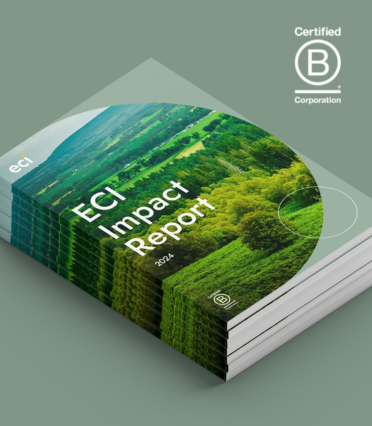It has long been a truism in software investing that businesses with happy customers and operating in large markets are highly attractive investment propositions. In our experience though, in addition to these factors, the very best software businesses will also understand their customers, both existing and prospective, in depth. Best-in-class SaaS businesses are structured to put the customer as central to everything they do.
Customer expectations are evolving. Consumer-grade software, tailored user experiences, and shorter and shorter time to value are becoming the norm. And if you’re not adding increased value year on year – and communicating that to your customers – you will likely see churn.
Conversely, where we see businesses with a deep understanding of their customer needs, there is usually a significant opportunity to make further sales to an existing base.
So, what does good look like to us?
1. A business that understands the metrics
When you see a customer-focussed business, you usually also see a laser-like focus on churn. Having the right metrics and shining a light on this is key.
High gross revenue retention is one metric that demonstrates the resilience of a customer base. But it is net revenue retention, being the net impact of churn, downsell, upsell and expansion, that is a great indicator as to the future growth potential of a business.
While most SaaS businesses have a well-defined route to market to attract new customers, the best SaaS businesses will usually have a clear approach for growing existing customers. If a SaaS business has net revenue retention of over 110% (which we will often see in the best SaaS businesses) they are delivering 10% growth per annum before they have sold to any new customers.
Where there is churn, drilling down to understand what went wrong means you can enact change to hopefully prevent further churn in the future. Transparency and accountability are key here. The best SaaS businesses take churn seriously and seek to learn from every churned customer.
2. A business that understands its customer
Gross retention is a backwards looking metric – once it is reported the customer has already been retained or churned.
The best SaaS businesses will dig a level deeper and develop meaningful forward-looking indicators to help them to understand the health of their customer base.
Tools such as ChurnZero or Gainsight combine usage, with helpdesk contact or any other interactions. They provide visibility into the customer base and can generate calls to action, such as upsell opportunities or churn risks, off the back of certain behaviours.
But while technology is doubtlessly helpful, real customer service is human. Fantastic sales teams are those that understand the customer’s objective for investing in the software and communicate that effectively to the implementation and customer services teams. Those teams should then consistently review whether the software is delivering a return on investment for that customer based on their own objective. Seamless and integrated teams create great relationships and better outcomes.
In turn, best-in-class customer service works hand in glove with product teams. The feedback loop between the two should be invaluable to improving product. And the product team should equip account managers with full details about new releases or extensions to the product.
In terms of upsell, our experience is that scattergun approaches can be hugely inefficient and actually cause damage to customer relationships. We’ve all been sold irrelevant products because our needs aren’t understood. One area we often help SaaS businesses is with a propensity analysis to understand, based on characteristics and past behaviours of customers, where the upsell opportunities may be. This can also help to inform the product roadmap or M&A strategy if we feel there is demand for a product that today isn’t part of the offering.
3. A business that puts customer service at the heart of its org chart
The best SaaS businesses are organised with customer experience in mind. That means breaking down siloes. This is something we often help management teams with, mapping the entire process from prospect to sale, to onboarding and implementation, to customer service, to renewal. This gives a fuller understanding as to where customer touchpoints are or could be more effectively coordinated.
Why is that important? As above, the first contact at the business development stage needs to understand the pain point the software is going to solve or the business objective it is going to help deliver. Capturing why the prospect wants to purchase and sharing it effectively with sales affects a more useful demo of the product.
Then if the customer is successfully acquired, the team should focus on tailoring onboarding to shortcut time to value. At this point there should be a great understanding of customer success, referring back to initial need.
As well as creating happier customers, this also creates a more rewarding and enjoyable journey for your people throughout the business. If everyone is aligned around delivering a world-class product and experience to customers, it’s culturally very different from working somewhere where customer service is constantly dealing with incomplete information and unhappy customers. This means not only do you create a more scalable business with faster growth, but you also attract and retain people who can scale with you – high-performing software businesses are great places to work!
If you would like to find out more about our experience supporting SaaS businesses, please do get in touch here.


